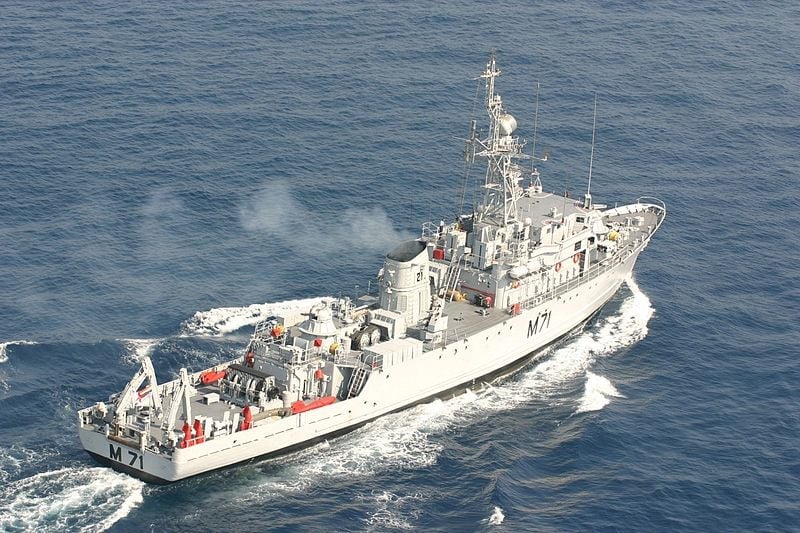India is moving forward with a long-anticipated initiative to construct 12 indigenous mine countermeasure vessels (MCMVs), a vital decision aimed at bolstering maritime defenses amid rising underwater threats from neighboring countries, particularly China and Pakistan. The proposal, with an estimated budget of ₹44,000 crore, is slated for consideration by the Defence Acquisition Council, which is chaired by Defence Minister Rajnath Singh, for the necessary approvals.
These specialized warships are engineered to detect, track, and eliminate underwater mines that may be deployed by enemy submarines to obstruct access to ports, hamper maritime trade, and potentially damage naval or commercial vessels. The urgency of this initiative is underscored by the increasing incursions of Chinese nuclear and conventional submarines into the Indian Ocean Region, in conjunction with Pakistan’s rapid enhancement of its submarine capabilities, which includes the acquisition of eight Yuan-class submarines from China.
Currently, the Indian Navy lacks any minesweepers, having retired its aging Karwar-class and Pondicherry-class MCMVs. In light of this gap, the Navy has been depending on clip-on mine countermeasure systems attached to some ships, which experts deem insufficient. Analysts recommend the need for at least 24 MCMVs to effectively surveil and safeguard India’s expansive 11,084.5-km coastline, which encompasses 13 major ports and over 200 minor ports.
The renewed push for MCMVs comes after a history of delays since the project’s inception in 2005. The initial collaboration involved Goa Shipyard teaming up with South Korean firm Kangnam for the construction phase, but the plan faced setbacks due to procedural and technical complications. With this latest revival, the Defence Ministry aims to issue an open tender, inviting Indian shipyards to bid with their techno-commercial proposals.
Considering the complexity involved in the construction of these vessels, the first ship is not expected to be delivered for another seven to eight years following the signing of the contract. Despite the lengthy timeline, officials regard this as a significant investment necessary to counter potential threats from various state and non-state actors capable of deploying inexpensive but lethal sea mines.















